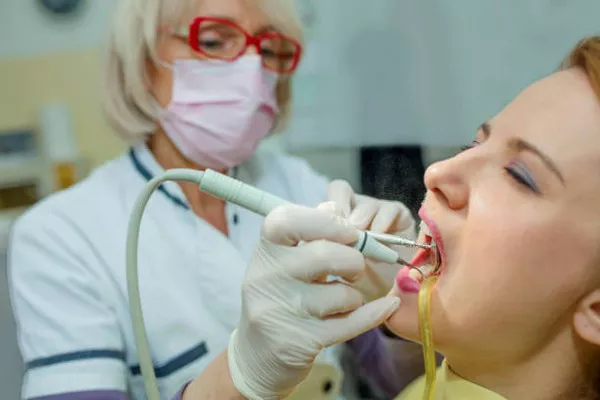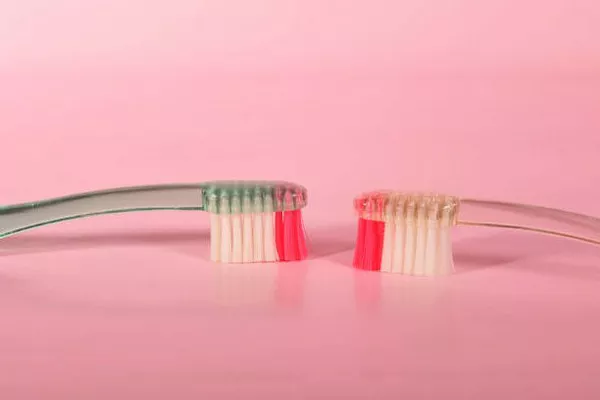Periodontitis is a serious gum infection that damages the soft tissue and destroys the bone that supports your teeth. Unlike gingivitis, which is an inflammation of the gums caused by bacteria in plaque buildup, periodontitis can lead to tooth loss if left untreated. It is estimated that nearly half of adults over 30 suffer from some form of periodontitis. The good news is that while there is no cure for periodontitis, it can be managed and even treated with proper care.
Understanding Periodontitis
Periodontitis is caused by a bacterial infection that affects the gums and bone supporting the teeth. The bacteria create toxins that cause inflammation and damage to the gums. If left untreated, this inflammation can spread to the surrounding bone, leading to bone loss and eventual tooth loss.
The symptoms of periodontitis include red, swollen, and bleeding gums, bad breath, receding gums, and loose or shifting teeth. If you are experiencing any of these symptoms, it is important to see a dentist or periodontist as soon as possible.
Treatment Options
The first step in treating periodontitis is to remove the bacteria and plaque buildup from the teeth and gums. This may involve scaling and root planing, a deep cleaning procedure where the dentist removes the plaque and tartar buildup from both above and below the gum line. Antibiotics may also be prescribed to help eliminate the bacteria causing the infection.
In more severe cases, surgery may be necessary to repair the damage done to the gums and bone. This may involve flap surgery, where the gums are lifted and the damaged tissue and bone are removed and replaced.
Preventative Care
Preventing periodontitis starts with proper oral hygiene. This includes brushing at least twice a day and flossing daily, as well as visiting your dentist regularly for cleanings and checkups. It is also important to quit smoking and manage any underlying health conditions, such as diabetes, that may increase your risk of developing periodontitis.
In addition to these preventative measures, there are several lifestyle changes you can make to help manage your periodontitis. This includes eating a healthy diet rich in vitamins and minerals, reducing stress levels, and getting enough sleep.
The Role of Technology
Advancements in technology have made it easier to diagnose and treat periodontitis. One example is the use of lasers for gum disease treatment. Laser therapy is a minimally invasive procedure that can eliminate bacteria and promote tissue regeneration without the need for surgery.
Another example is the use of 3D printing technology in dental implants. Dental implants are a popular treatment option for those who have lost teeth due to periodontitis. 3D printing technology allows for more precise and customized implant placement, resulting in a better fit and improved outcomes.
Conclusion
While there is no cure for periodontitis, it can be managed and even treated with proper care. This includes regular cleanings and checkups with your dentist, proper oral hygiene, and lifestyle changes such as quitting smoking and managing underlying health conditions. With advancements in technology, there are also more treatment options available to help manage the disease. If you are experiencing symptoms of periodontitis, it is important to see a dentist or periodontist as soon as possible to prevent further damage and tooth loss.
Related Topics:































